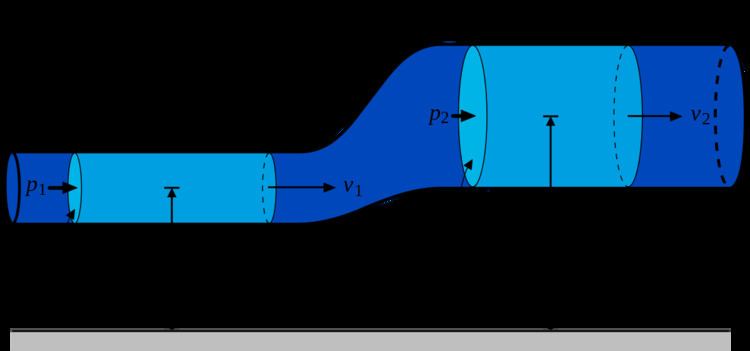 | ||
The Clausius–Duhem inequality is a way of expressing the second law of thermodynamics that is used in continuum mechanics. This inequality is particularly useful in determining whether the constitutive relation of a material is thermodynamically allowable.
Contents
- ClausiusDuhem inequality in terms of the specific entropy
- ClausiusDuhem inequality in terms of specific internal energy
- Dissipation
- References
This inequality is a statement concerning the irreversibility of natural processes, especially when energy dissipation is involved. It was named after the German physicist Rudolf Clausius and French physicist Pierre Duhem.
Clausius–Duhem inequality in terms of the specific entropy
The Clausius–Duhem inequality can be expressed in integral form as
In this equation
In differential form the Clausius–Duhem inequality can be written as
where
Clausius–Duhem inequality in terms of specific internal energy
The inequality can be expressed in terms of the internal energy as
where
Dissipation
The quantity
is called the dissipation which is defined as the rate of internal entropy production per unit volume times the absolute temperature. Hence the Clausius–Duhem inequality is also called the dissipation inequality. In a real material, the dissipation is always greater than zero.
